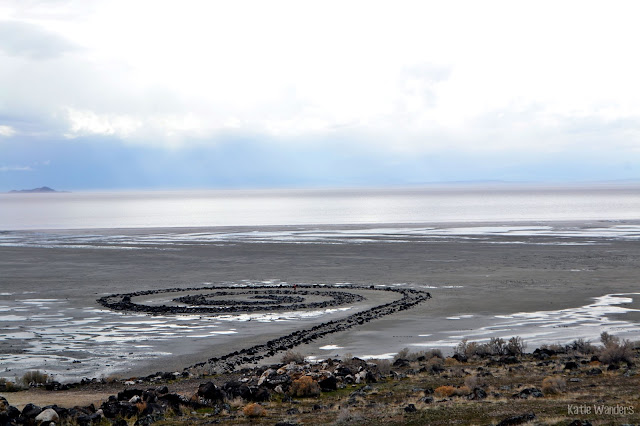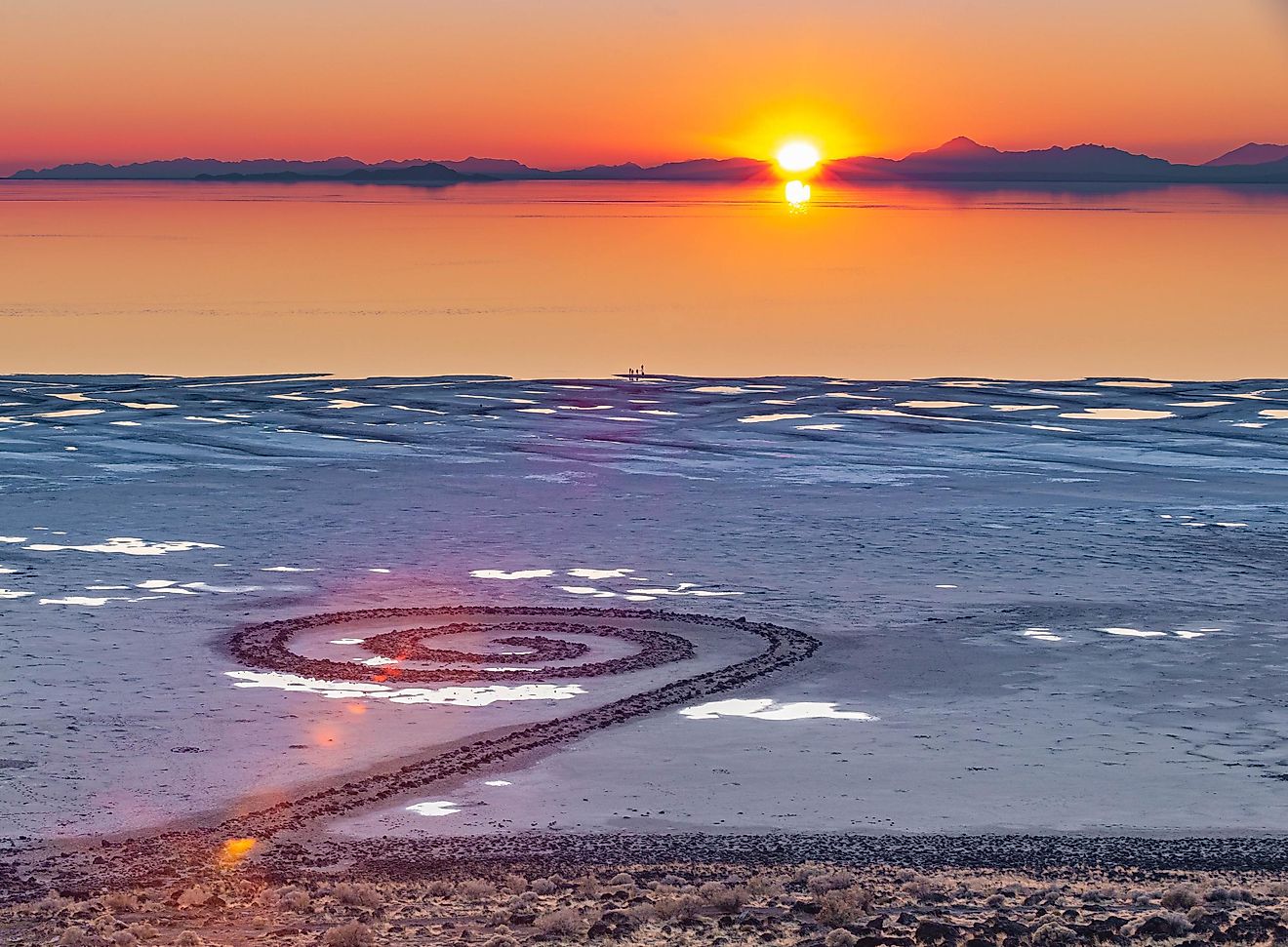

Each offers its own, awe-inspiring experience that has made Utah an unexpected mecca for contemporary art lovers. The most famous land art pieces, Smithson’s Spiral Jetty and Holt’s Sun Tunnels, are located within driving distance of Park City. Within a decade, Holt and Smithson would create artworks that would eventually become icons of a new genre known as land art, which redefined art outside of traditional galleries and institutions by focusing on site-specificity and incorporating elements of the landscape where they are placed. Holt and Smithson hailed from Massachusetts and New Jersey, respectively, and the sheer vastness of the terrain they found themselves exploring during their Western tour would leave an indelible mark on their lives. For Nancy Holt, the road trip with her husband, Robert Smithson (known to her as Bob), and their friend Michael Heizer was so mind-boggling that she was unable to sleep for days. 298.Image: Holt-Smithson Foundation/Licensed by VAGA, New York, NYīack in the summer of 1968, three young, ambitious artists went looking for inspiration in the American West.

Jack Flam (Berkeley: University of California Press, 1996), p. Spiral Jetty serves as a site from which to view the surroundings-the prehistoric environment that Smithson selected for it.ġ Robert Smithson, “Conversation in Salt Lake City (1972),” in Robert Smithson: Collected Writings, ed. Reaching the innermost point, Smithson gazes out at the spiral path, lake, and mountains. Along with aerial shots of Spiral Jetty is a sequence of images of the artist running on the sculpture. The act of traversing the earthwork is a prominent image in the eponymous film completed months after Smithson built the sculpture. His thinking was equally shaped by his understanding of the third law of thermodynamics as well as a fascination in science fiction and popular science.Īs a path for walking and looking, Spiral Jetty is a sculpture to be experienced. Smithson envisioned an artwork in a state of constant transformation whose form is never fixed and undergoes decay from the moment of its creation. The fractured landscape, fluctuating water levels, and the water’s salinity also speak of the artist’s preoccupation with the concept of entropy. The spiral shape alludes to the molecular lattice of the salt-crystal deposits found throughout the lake’s expanse, and in forming the work, he chose to use basalt boulders of hardened lava found along the peninsula, scattered remnants of the now extinct volcanos in the area. The reddish coloration of the water, caused by the high presence of microbes, initially attracted Smithson to the north arm of the lake. The site of Spiral Jetty was chosen by the artist for the lake’s unusual ecological and geological properties.

“I like landscapes that suggest prehistory,” 1 Smithson once observed. Droughts caused the lake to recede in 2002, and the sculpture has remained visible ever since. Created at a time when water levels were particularly low, Spiral Jetty was submerged in 1972. In 1970, assisted by a crew operating dump trucks, a tractor, and a front loader, Smithson displaced some 6,000 tons of black basalt rock and earth from the adjacent shore to form a coil 1,500 feet long and approximately 15 feet wide, winding counterclockwise into the lake. Robert Smithson’s Spiral Jetty, located at Rozel Point on the northeastern shore of Great Salt Lake in Utah, is one of the most remarkable examples of Land art.


 0 kommentar(er)
0 kommentar(er)
